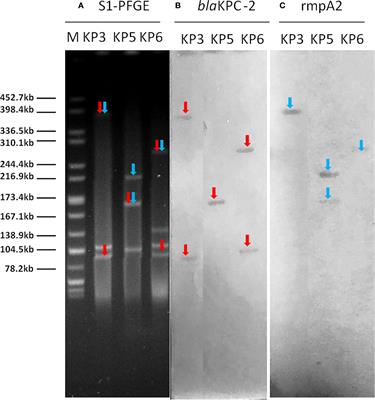EDITORIAL
Published on 14 Sep 2021
Editorial: Enterobacteriaceae Antimicrobial Agents and Resistance: Relationship With the Therapeutic Approach

doi 10.3389/fcimb.2021.728371
- 2,211 views
- 2 citations
24k
Total downloads
102k
Total views and downloads
You will be redirected to our submission process.
EDITORIAL
Published on 14 Sep 2021

REVIEW
Published on 23 Apr 2021

ORIGINAL RESEARCH
Published on 15 Mar 2021

ORIGINAL RESEARCH
Published on 12 Mar 2021

ORIGINAL RESEARCH
Published on 25 Jan 2021

ORIGINAL RESEARCH
Published on 21 Dec 2020

ORIGINAL RESEARCH
Published on 10 Dec 2020

ORIGINAL RESEARCH
Published on 26 Oct 2020

ORIGINAL RESEARCH
Published on 14 Oct 2020

ORIGINAL RESEARCH
Published on 14 Sep 2020

ORIGINAL RESEARCH
Published on 11 Sep 2020

ORIGINAL RESEARCH
Published on 03 Jul 2020

